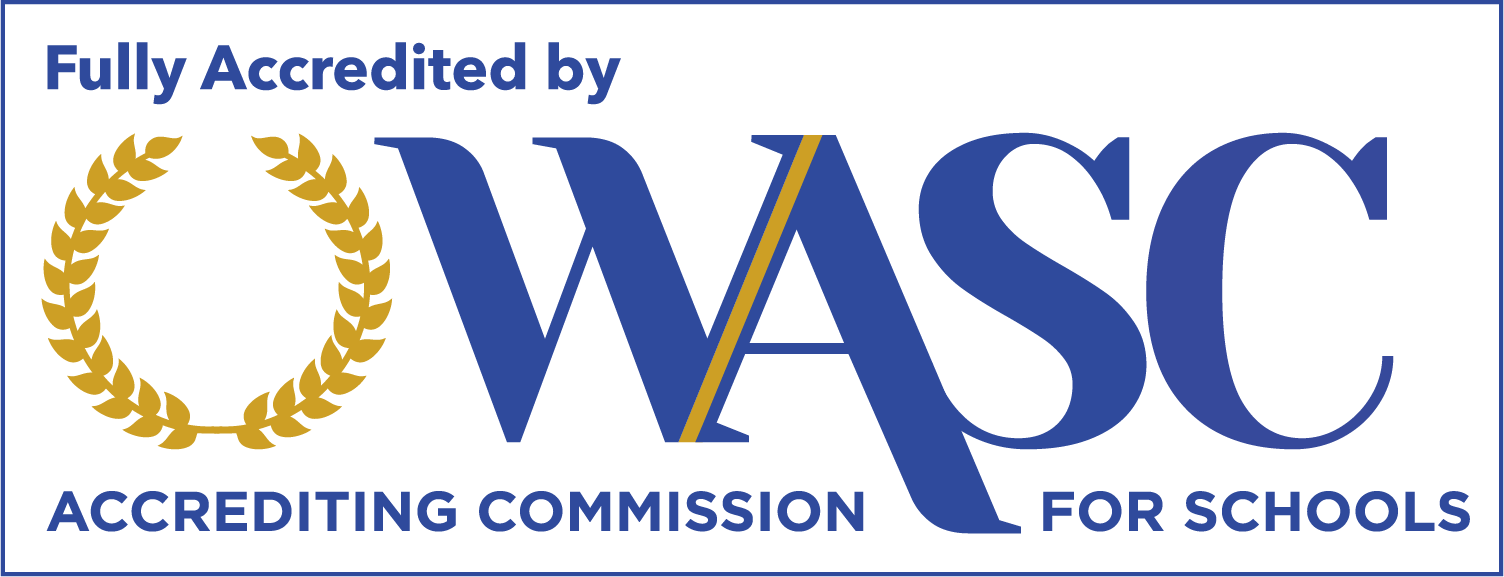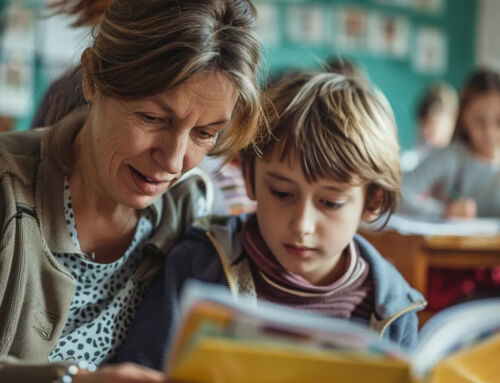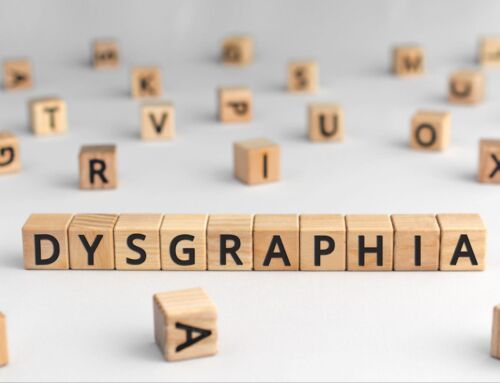Multisensory Learning Techniques for Students with Dysgraphia
Does your child struggle with handwriting, spelling, or putting their thoughts on paper? They might be dealing with dysgraphia, a learning difference that affects written expression. But don’t worry – there’s hope! At READ Academy, we’re pioneering multisensory learning techniques that can make a difference for students with dysgraphia.
Understanding Dysgraphia: More Than Just Messy Handwriting
Dysgraphia is a neurological difference affecting a person’s writing ability. It’s not just about messy handwriting – students with dysgraphia often struggle with…
- Organizing thoughts on paper
- Spelling consistently
- Proper spacing and sizing of letters
- Writing speed and legibility
But here’s the good news: with the proper teaching techniques, students with dysgraphia can dramatically improve their writing skills and boost their confidence!
The Power of Multisensory Learning Techniques
Multisensory learning engages multiple senses simultaneously, creating more robust neural pathways and enhancing learning. This approach can be transformative for students with dysgraphia, helping them overcome specific challenges related to writing and comprehension. Here are some detailed and effective multisensory learning techniques:
Tactile Writing Surfaces
- Use: Provide students with textured paper for letter formation practice, such as sandpaper or raised-line paper.
- Benefits: Such surfaces help students feel the shape of each letter, reinforcing muscle memory and fine motor skills necessary for writing. This tactile feedback can significantly improve their handwriting.
Air Writing
- Use: Encourage students to practice letter formation in the air using their hands or large arm movements.
- Benefits: This technique taps into kinesthetic learning, allowing students to use large motor movements to internalize the shape and form of letters. It also helps improve spatial awareness and coordination, which are crucial for writing.
Letter Manipulatives
- Use: Utilize play dough, magnetic letters, or letter tiles to form words.
- Benefits: Combining visual and tactile learning provides a hands-on way to explore and understand letter shapes and word formation. This multisensory approach helps solidify the connection between the physical form of letters and their visual representation.
Color-Coding
- Use: Differentiate consonants and vowels with distinct colors—or use colors to distinguish parts of speech within sentences.
- Benefits: Color-coding aids in organizing information and enhances memory retention. By visually separating different elements of language, students can better understand and recall grammatical structures and spelling rules.
Rhythm and Movement
- Use: Integrate clapping, tapping, or rhythmic chants while spelling or writing words.
- Benefits: Rhythmic activities help reinforce memory retention by engaging auditory and kinesthetic senses. Combining sound and movement makes learning more dynamic and can improve recall by associating rhythms with specific words or letters.
Technology Integration
- Use: Introduce tablets with stylus pens for handwriting practice and other interactive educational apps.
- Benefits: Technology provides immediate feedback, which is crucial for learning. Interactive apps can make handwriting practice more engaging and tailored to each student’s needs. Additionally, using technology can bridge the gap for tech-savvy students, making learning more accessible and fun.
Verbal Practice
- Use: Encourage students to verbalize their thoughts and ideas before writing them down.
- Benefits: Verbal practice helps organize thoughts and clarify ideas, smoothing the transition to written expression. This technique also reinforces the connection between.
Implementing Multisensory Techniques: A Step-by-Step Approach
1. Evaluate Individual Needs
- Action: Conduct a thorough assessment to identify each student’s unique challenges and strengths.
- Details: Use a combination of formal assessments, observations, and consultations with specialists to understand the specific areas of difficulty, such as fine motor skills, visual processing, or phonemic awareness.
- Outcome: This initial step ensures that the multisensory techniques address each student’s needs, making the interventions more effective.
2. Create a Multisensory Toolbox
- Action: Gather materials and resources that engage tactile, visual, auditory, and kinesthetic learning.
- Details: Include textured writing surfaces, letter manipulatives, color-coded materials, rhythmic tools, technology aids like tablets with stylus pens, and verbal practice guides. A diverse set of tools allows for flexibility and adaptability in teaching methods.
- Outcome: A well-equipped toolbox enables educators to provide a comprehensive and engaging learning experience catering to different sensory preferences and learning styles.
3. Start Small
- Action: Introduce focused activities to build confidence and familiarity with the techniques gradually.
- Details: Begin with simple tasks, such as tracing letters on textured paper or practicing air writing for a few minutes daily. Gradually increase the complexity and duration of activities as the student becomes more comfortable and proficient.
- Outcome: Starting with activities that match students’ current skill levels encourages active participation and a deeper connection with the material.
4. Consistent Practice
- Action: Implement regular, short practice sessions rather than infrequent, lengthy ones.
- Details: Schedule daily or bi-daily sessions, lasting 10-15 minutes each, to reinforce skills and maintain engagement. Consistency helps solidify neural pathways and improves retention of learned skills.
- Outcome: Regular practice leads to steady progress and helps students build and strengthen new skills more effectively.
5. Celebrate Progress
- Action: Acknowledge and celebrate every improvement, no matter how small.
- Details: Use positive reinforcement, such as verbal praise, stickers, or a progress chart, to motivate students. Celebrating achievements, like mastering a new letter formation or completing a task independently, boosts self-esteem and encourages further effort.
- Outcome: Recognizing progress fosters a positive learning environment and motivates students to continue working towards their goals.
6. Adapt and refine
- Action: Continuously adjust techniques based on the student’s response and progress.
- Details: Regularly review and gauge the effectiveness of the multisensory techniques. Be flexible and willing to modify or introduce new methods to suit the student’s evolving needs and preferences.
- Outcome: Ongoing adaptation ensures that the learning strategies remain effective and responsive to the student’s growth, maximizing their potential for success.
The READ Academy Approach To Dysgraphia
READ Academy embraces a strengths-based approach, recognizing that children with dysgraphia possess diverse abilities that we nurture and celebrate. Our methodology encompasses a holistic way of supporting every student, addressing their academic, social-emotional, and motor skill needs to foster well-rounded development. Here’s how we make a difference:
- Personalized Learning Plans: Our comprehensive assessment process enables us to craft customized learning plans that leverage multisensory techniques. This approach ensures that every student receives the most effective support possible, targeting their specific areas of need while building on their existing skills.
- Expert Instruction and Compassionate Guidance: Our team of educators applies the latest research-based methods for supporting students with dysgraphia. We combine our expertise with a deep understanding of the emotional and social impact of dysgraphia, creating a nurturing learning environment where everyone can thrive.
- Intimate Learning Environment: Our small class sizes offer individualized attention crucial for overcoming writing challenges. With fewer kids per classroom than traditional schools, our teachers can closely monitor each student’s progress, provide immediate feedback, and offer personalized support. This refreshing environment creates a sense of community and belonging, where students feel comfortable being open about their struggles.
- Nurturing a Growth Mindset: By celebrating effort, resilience, and progress, we help students develop the self-belief necessary to overcome the challenges of dysgraphia. Every student has the potential to express their ideas effectively, and we provide the tools and encouragement they need to achieve this goal.
Taking the Next Step
As a parent, it’s natural to feel distress and worry when you see your child struggling to write—a skill crucial for their academic and personal success. But it doesn’t have to define their future.
At READ Academy, we’ve witnessed remarkable transformations. Students who once dreaded putting pen to paper have discovered the joy of writing and found their unique voices emerging with newfound confidence and clarity.
We understand the unique challenges and strengths of each student with dysgraphia, and we’re committed to helping them reach their full potential so they can express their brilliant ideas to the rest of the world!
Are you ready to explore how we can support your child’s journey? Contact READ Academy today for a personalized consultation.




